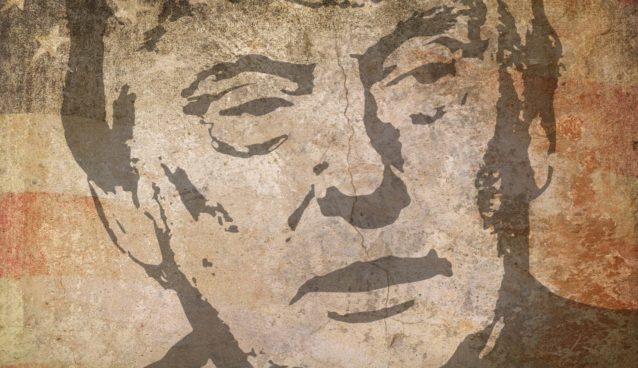From the Framers to Trump: Understanding the Electoral College

Donald Trump has the Electoral College to thank for his presidency. As we learned again this year, the candidate who receives the most popular votes does not necessarily become president.
To become president, a candidate must receive 270 or more Electoral College votes. Under the current political system, electoral votes are allocated based on the results of the popular vote in each state. Each state has a designated number of electors, which is determined by the numbers of members its sends to Congress. Most states, including New Jersey have a “winner-take-all” system under which all a state’s electoral votes are awarded to the candidate receiving the most popular votes.
History of the Electoral College
The Electoral College reflects the founding fathers’ compromise between giving Congress the power to elect the President and allowing the American people to directly pick their leader. It was also a compromise regarding the continued legitimacy of slavery and the power balance between the large and small states.
At the Constitutional Convention, many framers were reluctant to hand over the election of the president to the general populace. The founders favored the use of the Electoral College instead of direct election. By choosing their electors, the people would still be involved in the process, but the ultimate decision would be made by the electors. In defense of the Electoral College, Alexander Hamilton wrote in Federalist # 68: “Men most capable of analyzing the qualities adapted to the station and acting under circumstances favorable to deliberation, and to a judicious combination of all the reasons and inducements which were proper to govern their choice.”
During the Constitutional Convention, tensions often arose between the large and small states. In agreeing to form a central government, many of the smaller states, including New Jersey, were afraid that their interests would be disregarded in favor of the more populous states. With regard to the Electoral College, the compromise was that each state would have as many electors as it has senators and members of the House of Representatives.
The Southern states were also concerned that their votes would be overshadowed by the more populous Northern States. Under the Three-Fifths Compromise, the population of slaves would be counted as three-fifths in total when apportioning Congressional representatives, as well as presidential electors and taxes.
Modern Criticism of Electoral College
Following the 2000 election in which George W. Bush was elected president despite losing the popular vote to Al Gore, momentum grew to abolish the Electoral College. Critics argue that the current system gives swing states too much power and leaves states like New Jersey that are traditionally Republican or Democrat without a true say in electing the next president.
Efforts to reduce or eliminate the power of the Electoral College have been unsuccessful, in large part because the U.S. Constitution must be amended. There have been more proposals for Constitutional amendments on changing the Electoral College than on any other subject, more than 700 in total, per the U.S. Electoral College.
Several states, including New Jersey, have attempted to side-step a constitutional amendment through a compact among the states. Under the National Public Vote Bill, the states pledge to award their electoral votes to the winner of the national popular vote. However, the compact would take effect only when enacted by states possessing a majority of the electoral votes, the same number needed to elect the President (270). It is currently only hallway there.
Constitutional scholars debate whether it is wise to tamper with the electoral college at all. Of course, the same debate about the 17th Amendment (direct election of US Senators) has raged since its enactment in 1913.
